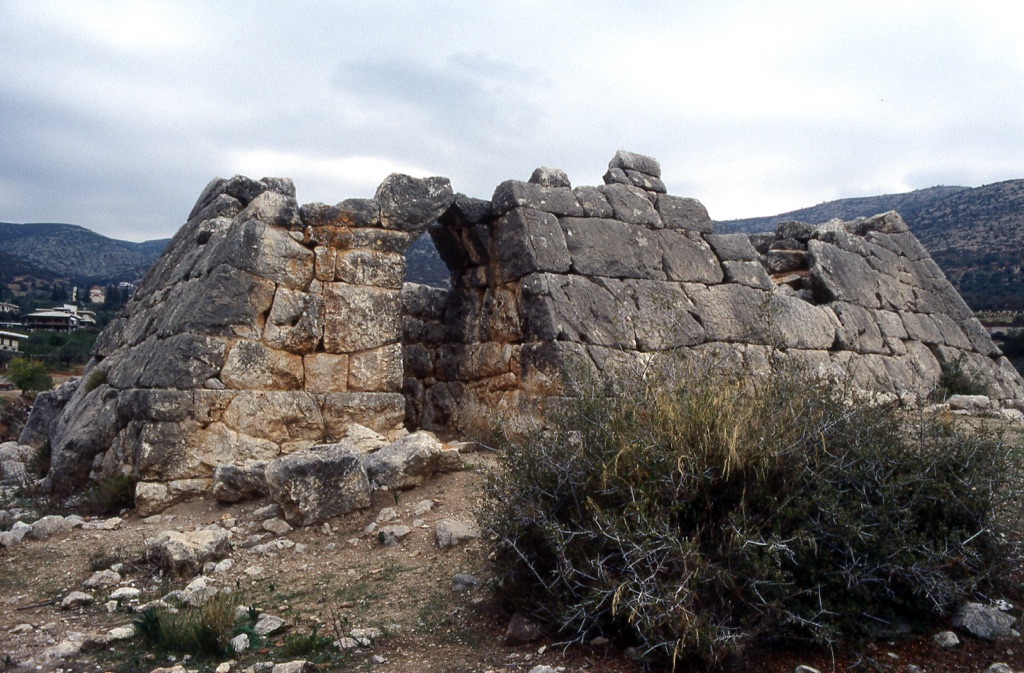Summary
Unveiling the Mysteries of Greek Pyramids
The Pyramids of Greece, often overshadowed by their Egyptian counterparts, are an enigmatic treasure in the realm of archaeology. These structures imbue the Peloponnese landscape with a sense of ancient mystique. Dates suggest they were built around the 4th or 5th century BC, with the most famous example being the Pyramid of Hellinikon. Unlike the tombs of Egypt, the Greek pyramids’ purpose remains unclear. Scholars speculate they could be markers, fortresses, or even ancient calendar systems. With limited documentation available, these pyramids invite modern seekers to explore their intriguing past.
Get your dose of History via Email
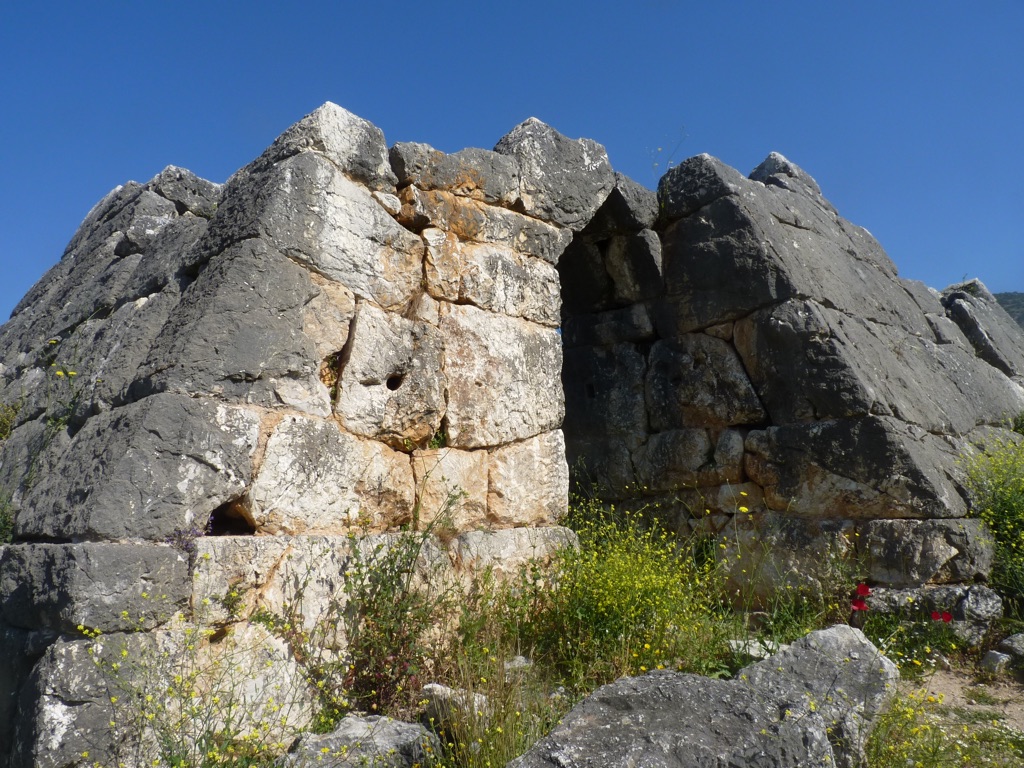
Architectural Wonders Beyond Pharaonic Monoliths
The Greek pyramids distinguish themselves through construction and purpose, varying significantly from the monumental tombs of Pharaonic Egypt. Built with local limestone and using rectangular blocks, the Pyramids of Greece stand modestly, integrating seamlessly with the natural landscape. The most notable structure, the Pyramid of Hellinikon, displays an intricate internal layout with corridors and rooms, challenging the typical pyramid design. This deviation from the norm further fuels historical curiosities and cements the Greek pyramids as a unique chapter in the vast anthology of cultural heritage.
Rediscovery and Preservation of Hellenic Pyramidal Sites
Rediscovered in more recent archaeological pursuits, the Greek pyramids now gain attention for their historical significance and cultural insights. Preservation efforts and studies are underway to protect these sites and unveil their hidden narratives. As Greece seeks UNESCO recognition for these ancient treasures, the hope is to encourage more robust international interest and research. The legacy and peculiarities of these Hellenic structures are key to broadening our understanding of ancient civilizations and shedding light on the lesser-known pages of Greek history.
Historical Background of Pyramids of Greece
Ancient Structures Wrapped in Mystery
The Pyramids of Greece, far less known than their Egyptian counterparts, are shrouded in historical enigma. Nestled in the landscapes of the Peloponnese region, their exact origins are a topic of ongoing debate. Though often dated to the 4th or 5th century BC, some investigations suggest they could be older. The most recognized among them, the Pyramid of Hellinikon, fascinates scholars with its intricate design. Unlike Egyptian pyramids constructed as tombs for pharaohs, the function of Greek pyramids is not clearly established, leading to numerous theories about their purpose throughout history.
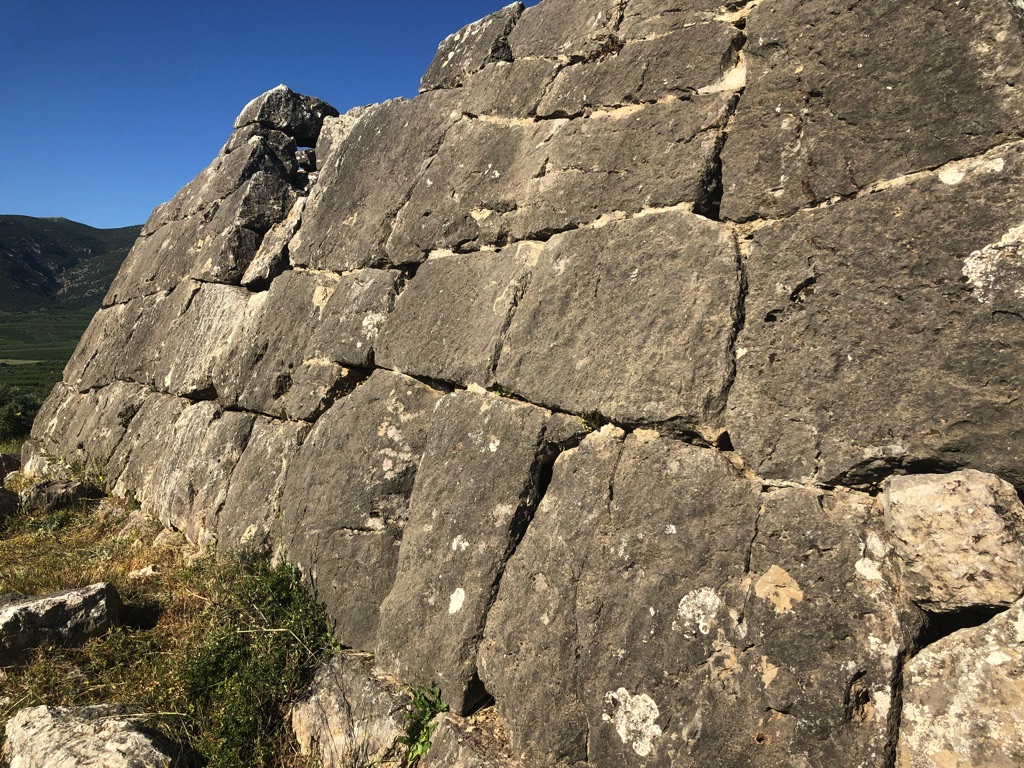
Distinct from Egyptian Grandeur
Much smaller in scale compared to the monumental structures in Giza, Greek pyramids were constructed with simplicity using local limestone. Their architectural form, involving stacked rectangular blocks, is less grandiose but equally intriguing. What stands out is the Hellinikon pyramid’s inner complex, featuring a network of rooms and corridors. This feature suggests a divergence in function from the sepulchral use found in Egypt, offering hints at a potentially different cultural or societal role these pyramids played in ancient Greece.
Rediscovery and Renewed Interest
In the 19th century, explorers and archaeologists started to unearth the secrets of these Hellenic wonders, sparking renewed curiosity. Since their rediscovery, the Greek pyramids have seen a surge in academic and public interest. These formative efforts have been aimed at understanding their construction techniques, dating their creation, and deciphering any inscriptions found on their walls, hoping to unlock the past activities within their bounds.
A Glimpse into Ancient Greek Life
Despite the mysteries engulfing them, the Greek pyramids provide a unique glimpse into the life and times of ancient civilizations that inhabited the region. Architectural evidence and artifacts recovered from excavation sites have painted a picture of a society engaged in complex construction activities. They reflect a period in history filled with innovation, intellectuality, and a deep connection to the significance of shapes and geometry.
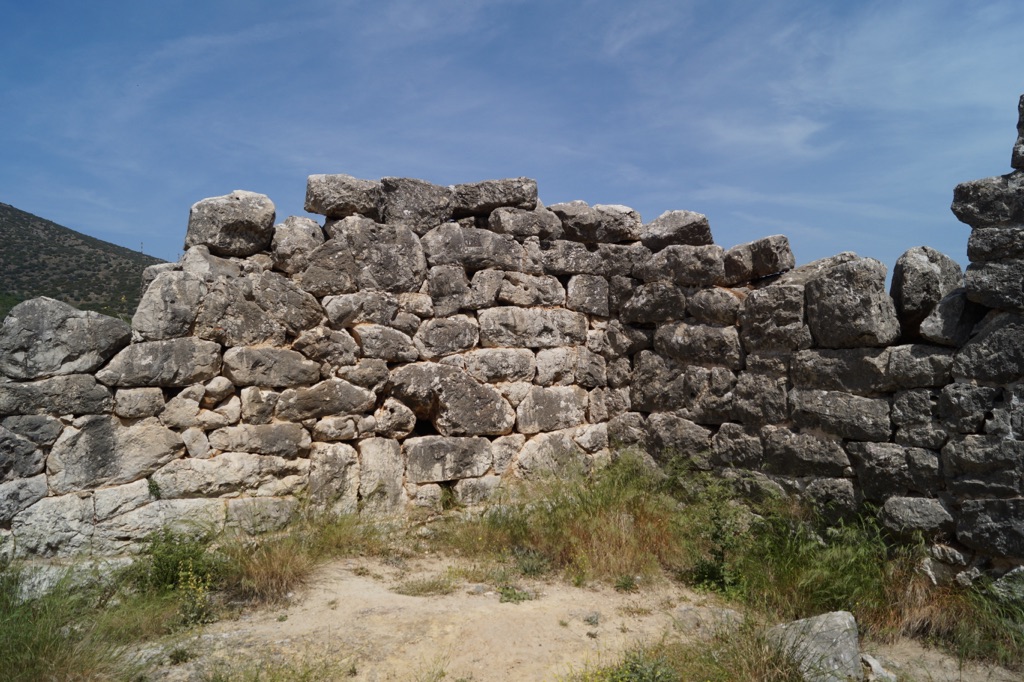
Impact on Cultural Heritage
The historical impact of the Pyramids of Greece extends beyond their original function. Their preservation and study have become significant to modern Greeks and the global community, echoing the importance of safeguarding historical sites. These structures not only enhance our knowledge of past societies but also play a crucial role in the cultural continuity between ancient and modern worlds, bridging the gap through centuries of progression and change.
The Discovery of Pyramids of Greece
Initial Discoveries
Curiosity and speculation surrounded the Greek pyramids long before their official documentation. Local legends and ancient texts hinted at their existence, urging forward the minds of early pioneers. It wasn’t until the 19th century that explorers took sincere interest. They began piecing together the scattered references of these structures, thus setting the stage for their eventual discovery.
Mapping the Ancient Wonders
The foremost step in uncovering the Pyramids of Greece was mapping their locations. Archaeologists combed through classical literature, local folklore, and historical records. In doing so, they identified potential sites where these pyramids might be found. Early travelers and scholars, such as Pausanias, mentioned such structures, guiding modern explorers to tangible evidence of their existence.
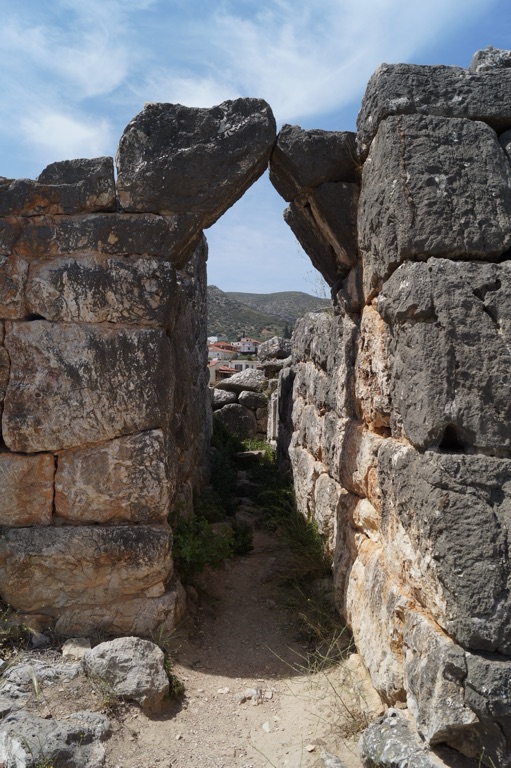
Archaeological Excavations Begin
Systematic excavations eventually commenced in the late 1800s and early 1900s. The discovery of the Pyramid of Hellinikon, the most well-preserved and notable of the Greek pyramids, marks a significant point in history. Archaeologist Valerios Stais’ work in the late 19th century was pivotal. His findings provided the first concrete proof that these structures were more than mere myth.
Understanding the Purpose
Following the identification and excavation of various pyramid sites, the focus turned to understanding their purpose. Researchers poured over the site contents, analyzing the architecture and artifacts within. Through meticulous study, they sought to unearth the reasons behind the pyramids’ construction. These findings began to challenge earlier narratives and spurred debates about the true role these structures played in ancient Greece.
Embracing the Historical Significance
The tireless work of archaeologists and historians has not only uncovered physical structures but also embraced the broader historical significance of the Greek pyramids. As custodians of history, they ensure that these discoveries are not lost to time. Findings are carefully preserved, shared, and taught as vital connections to our collective past, enriching our cultural understanding and appreciation of ancient civilizations.
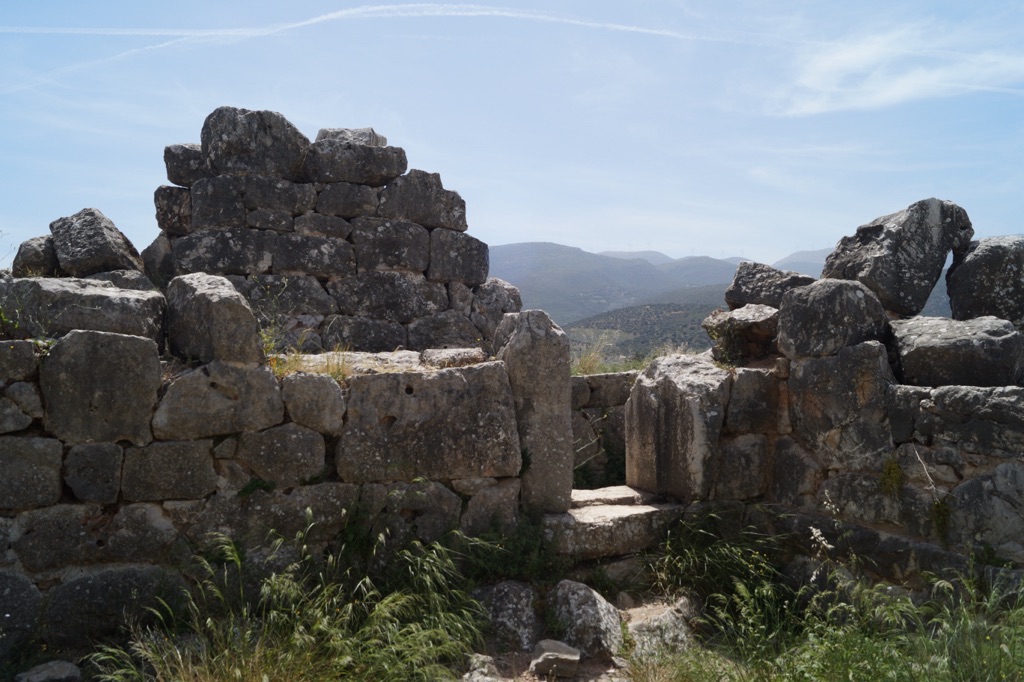
Cultural Significance, Dating methods, Theories and Interpretations
Unlocking the Age of the Structures
Dating the Pyramids of Greece has been a complex endeavor for archaeologists, employing a variety of methods to piece together their history. Techniques like stratigraphy and radiocarbon dating have provided estimates that suggest the structures could date back to the late Helladic period. This places them around the time of Homeric Greece, giving them an important place in the timeline of Hellenic heritage. However, this dating isn’t definitive, and ongoing research continues to refine these estimates and contribute to a deeper understanding of their origins.
The Importance in Hellenic Civilization
The pyramids have become beacons of ancient Greek culture, offering insights into the engineering prowess and societal structures of the time. They bring to life the stories of a civilization that has significantly influenced Western culture. Understanding the cultural impact of these pyramids provides researchers with a nuanced perspective of the ancient world’s architectural advancements and offers a rare glimpse into the secular and sacred elements of Greek society.
Theories on Functionality
Scholars have proposed various theories regarding the purpose of these pyramidal structures. Some suggest they were built as tombs or monuments, akin to the pyramids in Egypt, while others posit they may have been military watchtowers due to their strategic viewpoints. More esoteric interpretations hypothesize that they served as astronomical observatories or even as symbols of spiritual significance. The true purpose remains a topic of debate, reflecting the complexity and depth of Greek history.
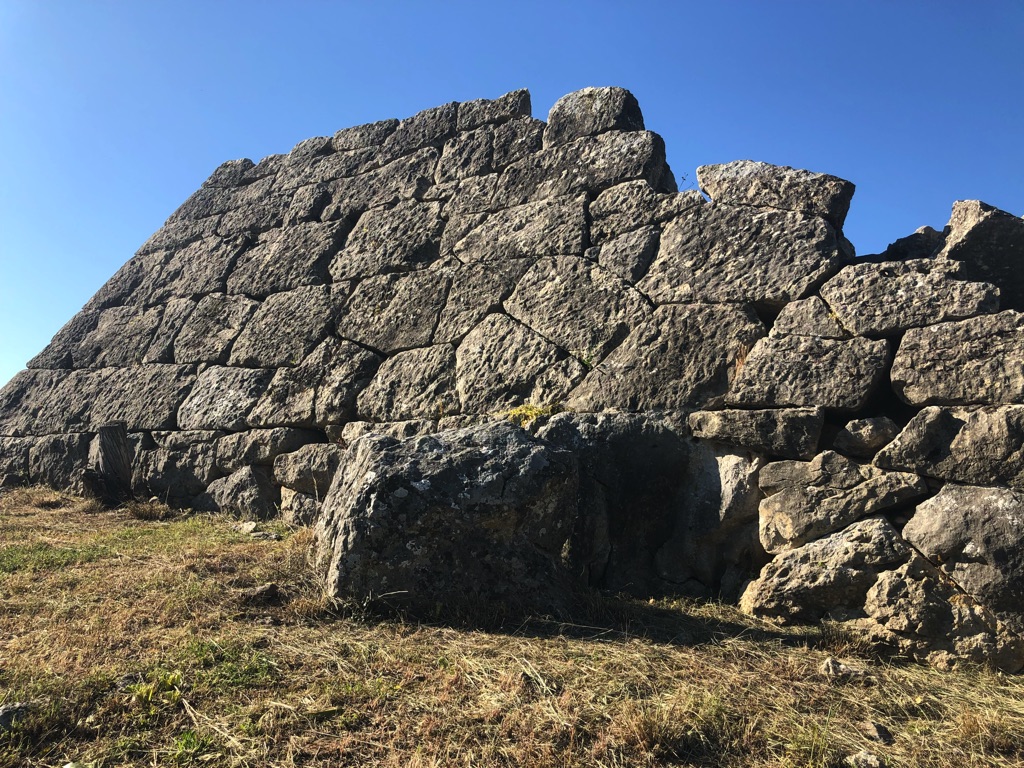
Interpreting Architectural Elements
The precise architecture of the Greek pyramids also raises questions about their use and cultural significance. The internal layout—often intricate and complex—strays from the singular purpose of a tomb. The peculiar arrangement of rooms and corridors suggests multifunctionality that could have included ceremonial or administrative uses. Studying these aspects could contribute to our broader understanding of the practicalities of ancient civilizations.
Connections to Greek Mythology and Ritual
Finally, interpretations of the pyramids often touch upon their potential connections to Greek mythology and ritualistic practices. Some researchers consider the possibility of these pyramids as sites of ritual significance, perhaps relating to hero-worship or mythologized events. Ongoing discoveries of artifacts and further analyses of Greek literature continue to inform these theories, painting a more vivid picture of the interweaving of myth and reality in ancient Greek society.
Conclusion and Sources
The exploration of the Greek pyramids reveals a captivating chapter of ancient history and contributes profoundly to our understanding of Greek culture. These structures, often ignored in the shadow of their Egyptian relatives, offer key insights into the architectural, astronomical, and spiritual pursuits of the ancients. As further research unravels their mysteries, these pyramids promise to deepen our appreciation for the richness and complexity of Greece’s past.
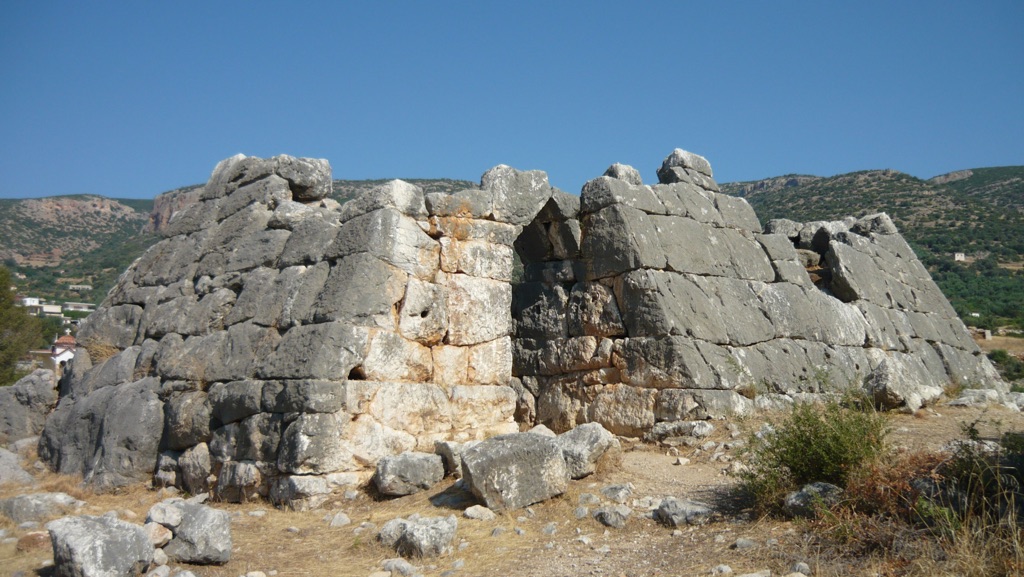
For further reading and to validate the information presented in this article, the following sources are recommended:
Or you can check any of these reputable archaeological and historical texts:
Marinatos, N. (1939). The Pyramids of Greece. ‘The Annual of the British School at Athens’, 40, 193-225. doi:10.1017/S0068245400000438
Sampson, A. (1988). The Neolithic and Mesolithic Occupation of the Cave of Cyclope, Youra, Alonnessos, Greece. ‘The Annual of the British School at Athens’, 83, 171-279. doi:10.1017/S0068245400020436
Thanos, N., & Moraitou, G. (2007). Excavations and Surveys at the Pyramid of Hellenikon (Argolid). ‘Hesperia: The Journal of the American School of Classical Studies at Athens’, 76(3), 477-506. doi:10.2972/hesperia.76.3.477
Papathanassopoulos, G. A. (2011). ‘Neolithic Period in Greece’. Hesperia Supplements: Monographs of the American School of Classical Studies at Athens, 3-21. ISBN: 978-960-9538-02-0
Mee, C., & Spawforth, A. (2001). ‘Greece: An Oxford Archaeological Guide’. Oxford: Oxford University Press. ISBN: 0-19-288058-6
It should be noted that the ever-evolving realm of archaeological research will continue to provide new data and insights that could reshape our current interpretations and knowledge regarding the Pyramids of Greece.

